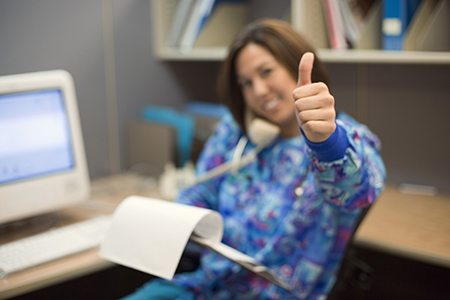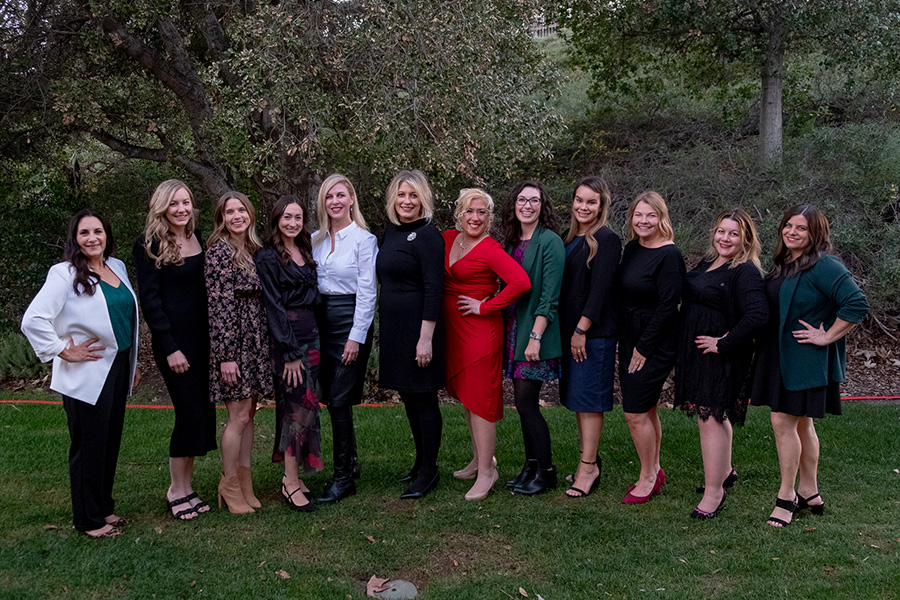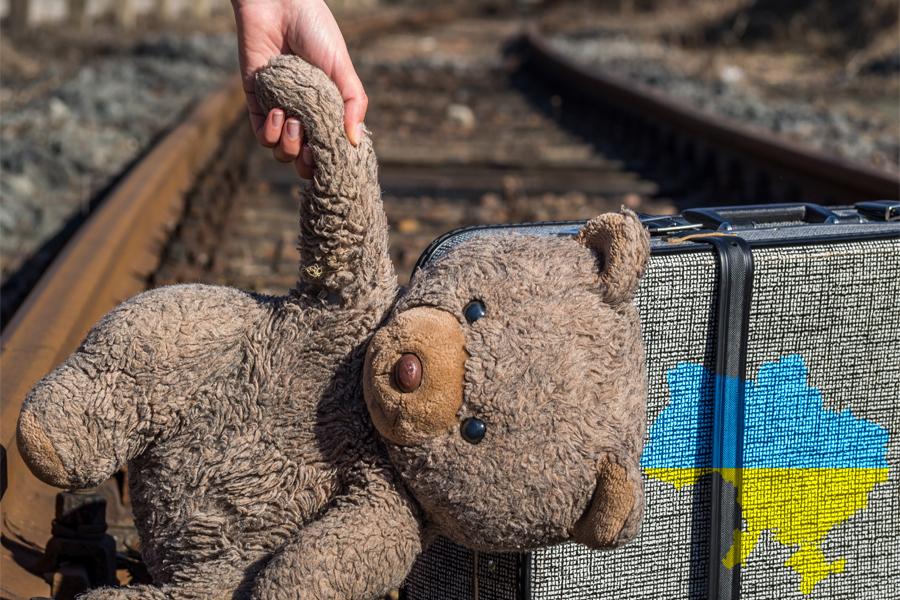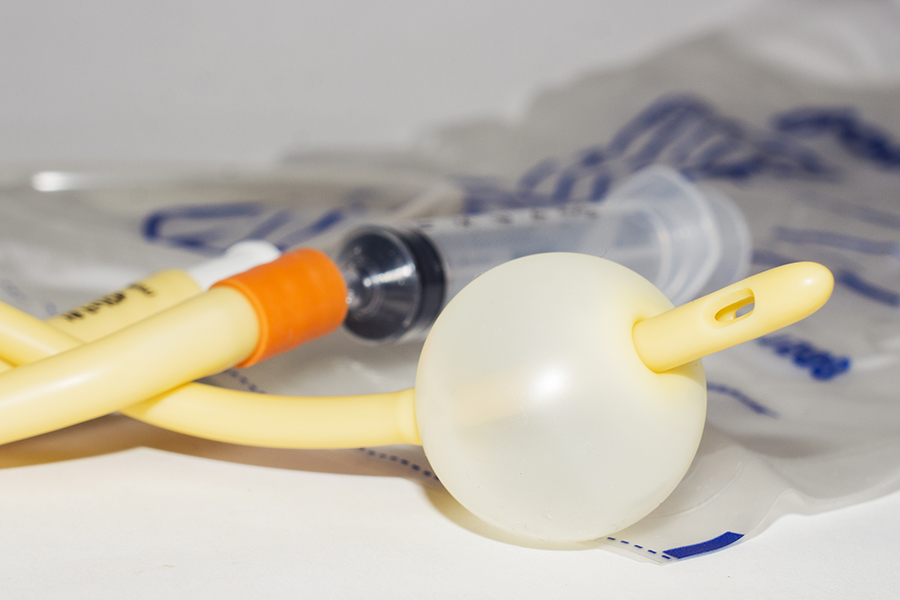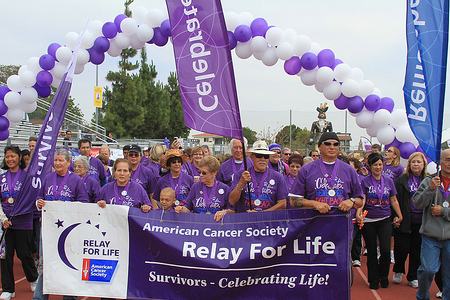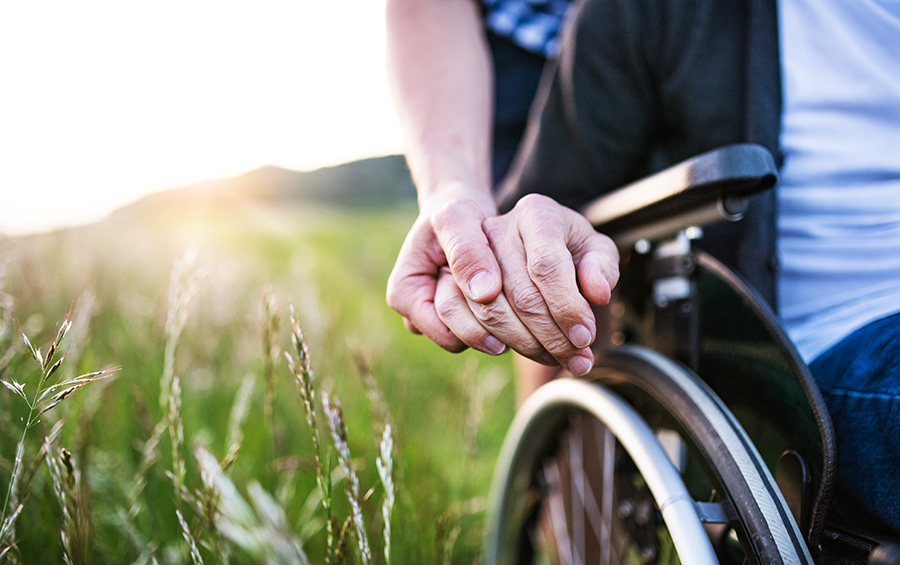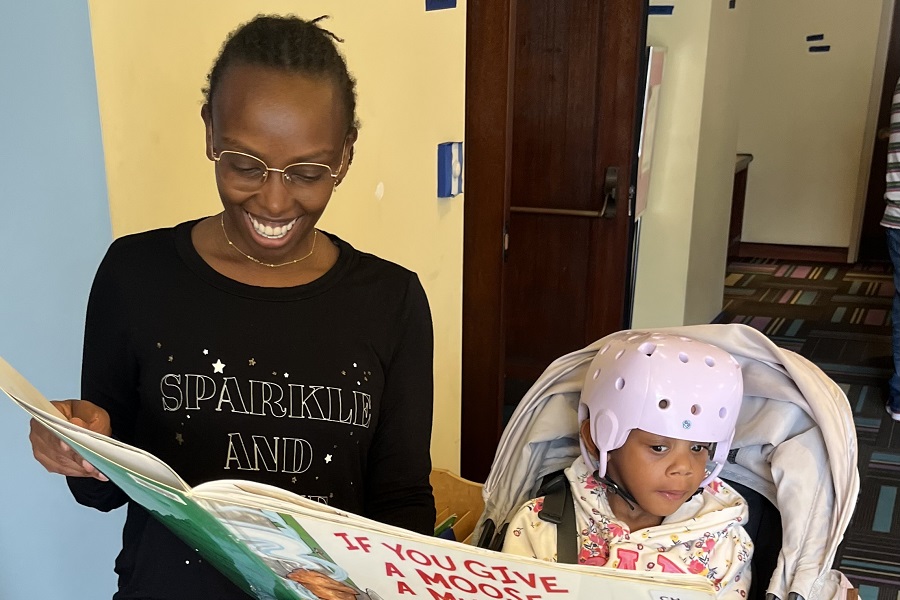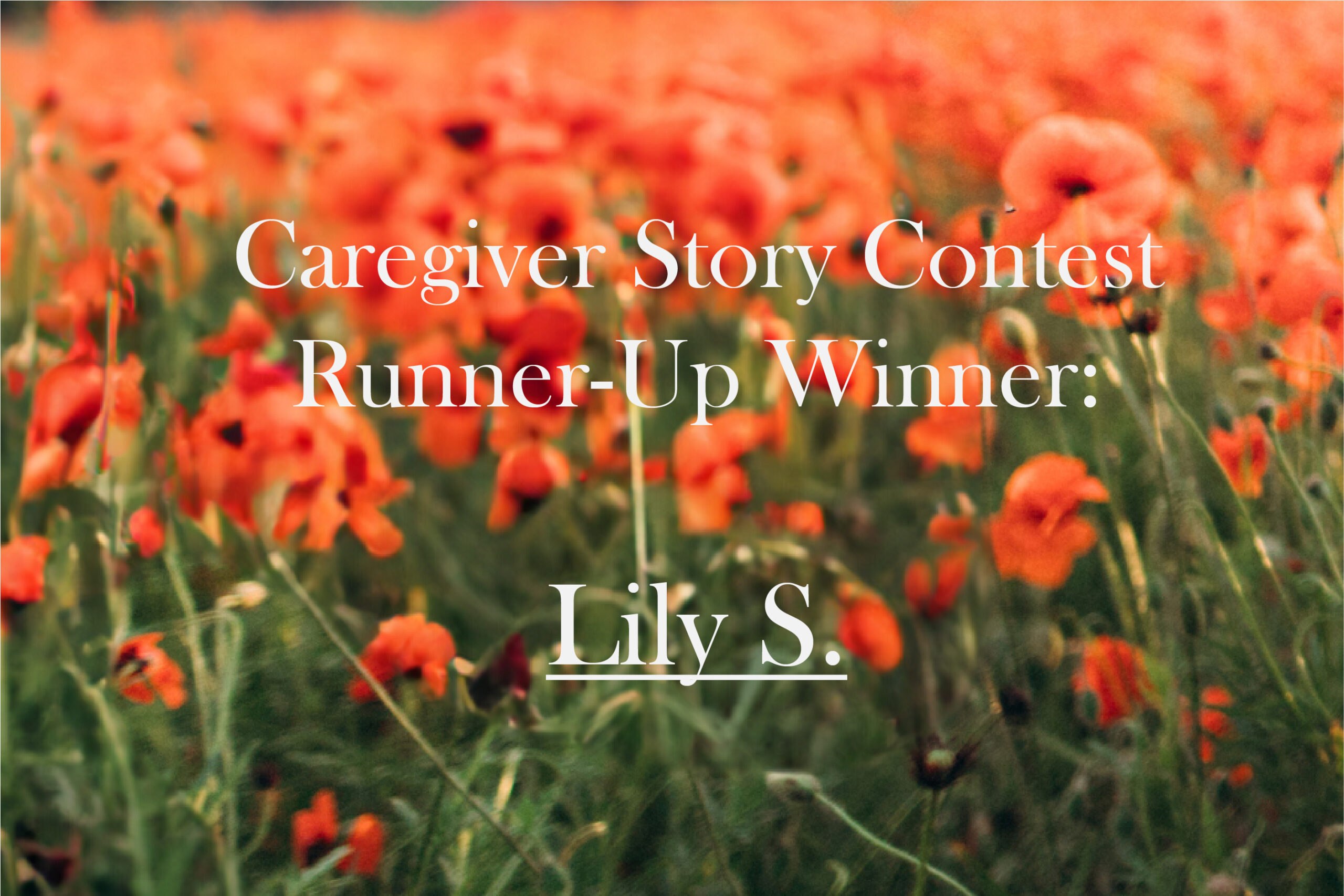Congratulations to Grand Prize Winner Andrea B. from Whitakers, North Carolina.
To enter this year’s 20th Annual Caregiver Story contest, click here!
A Caregiver’s Formula for Balance
Professional caregivers, by their very nature, often find themselves, by default, caregivers within their own families. As a full-time hospice nurse, I found that, although immensely rewarding, my commitment to my profession was consuming 110 percent of me, leaving an empty shell appearing as my physical self, as the leftovers for my family and friends. Although both beings within me, the nurse and the family member/friend, have common traits, values, and ways of expressing care, the two similar but separate entities within me, do not mix well. Plain English, I have to be in either work mode or home mode. My dear hospice patients, their caregivers, and even my coworkers had become my family, moving into my home, my sleep, and my brain in its entirety. A difficult decision was made to take a break from professional care giving in order to reconnect with the other “me”, while knowing full well that once I rediscovered and would be reunited with my previous self, wife, mom, daughter, sister, friend, and NahNah, I was going to mourn the loss of “me”, the hospice nurse. One week into my sabbatical, I came up with a plan to use my time wisely to achieve balance, in hopes of better accepting and expressing who I am as a caregiver, in either world. I determined to make each C word a small part of each day and more importantly, refused to beat myself up for the things I was unable to complete. My formula-
CREATE + CLEAN + CONNECT + COMFORT + CUDDLE = BALANCE
Create something. I happened to be blessed to have grown up in an artistic family, where working with your hands was demonstrated and celebrated. But even if you do not consider yourself the “crafty” type, do not dismiss the possibility that you could create something individually unique and one of a kind. Paint, beads, glue, knitting, sewing, coloring, decorate, write, plant, or bake. If you’ve ever made up your own recipe in the kitchen or put more than two different flowers in one pot, then you are creative! As I would tell my grandson, “The cool thing about Art, is that there are no rules.” Paint the dinosaur whatever color you want. The caterpillar can have three wiggly eyes. Creating something produces a sense of accomplishment that solely represents and celebrates you.
Clean something. We already know that the full-time caregiver’s home likely has dust bunnies the size of golf balls and a bathroom that is probably only slightly more sanitary than Great Granny’s outhouse. So when I say clean, I am not suggesting that you attempt to eliminate the unfortunate result of months of overwhelming neglect to the extent that you spend two days on your hands and knees scrubbing baseboards. Nor am I talking about tackling the mundane, revolving, repetitive tasks of laundry, dishes, dusting, and vacuuming. Think small, manageable, and more inwardly rewarding. Empty and wipe out the crumbs from the silverware drawer. Organize your recipe box. Drive your car through the automatic car wash. Fold and organize the socks and underwear in the drawer. Pull weeds in the sunshine while limiting yourself to clearing only a three-foot by four-foot section of the flower bed or only around the mailbox. You may simply be most in need of a 30-minute, uninterrupted cleaning of your own body, by way of a good shave and a hot soaking bubble bath. That counts! I have become aware of my own behavior over the years, and have learned that when I feel especially stressed, I start cleaning or arranging. It is therapeutic to just know that there is some sense of order, even on a small scale, when the rest of the world feels like it is spinning out of control. I am able to experience a little peace in just knowing I am in control of the order in my underwear drawer.
Connect with someone. Busy caregivers can find that they have unintentionally lost contact with acquaintances from longstanding relationships, adding to the caregiver’s feelings of isolation. All healthy relationships need some level of time investment and nurturing. The friend from college, the former coworker, or any person who was once an important influence during previous seasons in the caregiver’s life could be supportive during times of stress. Take the time to reconnect, communicate, and cultivate those lost relationships. It takes less than one minute to send a “thinking of you” text. Better yet, invest 10 minutes and write a note in a card. Send it old-school style, with a stamp. By the way, if you embellish your card with stickers, glitter, or a smiley face, you get to check off number one, Create. Make the phone call; schedule a lunch date; even if it has to be well in advance. You are more likely to follow through if you put it on the calendar. Encounters do not have to be formal or costly. I have a friend who once invited me to lunch. She said I was the one person she felt comfortable serving peanut butter sandwiches to, in her home. What an honor. She is affectionately known as my “peanut butter friend”.
Comfort someone. On one hand, it would seem that comforting someone would not be an appropriate goal for the overwhelmed caregiver who is trying to find a way to cope with the emotionally and physically draining role of care giving. But what we are trying to achieve is balance. The offering of comfort is so deeply ingrained in the caregiver, that it cannot be squelched or denied. However, the comfort I speak of is not a matter of “doing” or “giving” care. It is about “being there” for another caregiver. For the professional, it may be a co-worker. But just consider allowing yourself to be available, physically present, and just listen. You are not there to take their burden on your, already fully weighed shoulders. Don’t try to fix it. Don’t give advice. Just be there and listen. Don’t be tempted to vent your own frustrations. You can do that in number three, with your peanut butter friend. Your passive role in giving comfort allows the other caregiver to unload with a safe audience. It will also benefit you as the emotionally depleted caregiver to recharge with the simple reminder that there are others struggling similarly. We can so easily become so engrossed in our own circumstances that we begin to draw inward, only focusing on self, which can lead to depression. This small deliberate goal to be comfort for another caregiver can break us out of our own bubble, nurturing a healthier perspective.
Cuddle something. This step is easy for me. I have a six-year-old grandson, although he is growing a bit lanky and now insists on wiping off my kisses. His snuggles still make everything right with the world. Hug tight, like you mean it. Stroke a kitten. Are you the parent of toy poodles? Pull your fur babies up onto your lap. Squeeze a soft pillow or your favorite blanket. Embrace that article of clothing that you cherish, the one you would never wash because it still smells like him. Maybe the only thing you can do today is hug yourself. Close your eyes. Breathe. Experience the calming inside. Allow tension to melt away. You are a caregiver. Don’t forget to be good to yourself. I will continue to work the plan, my formula, in hopes of achieving balance. I do question the ranking of my list of goals. Maybe number five should be number one. But isn’t that what it really means to be a caregiver, to put others before one’s self?
Winners were selected by a panel of independent judges: Margarita Bermudez, the Manager of Professional Training and Healthcare Services at Alzheimer’s Los Angeles; Amanda Hlynosky, RN, BSN, a critical care nurse at Cleveland Clinic; and Leigh Ellen Key, Executive Director for Crohn’s & Colitis Foundation, South Texas and Louisiana/Mississippi Chapters. Click here to learn more.










